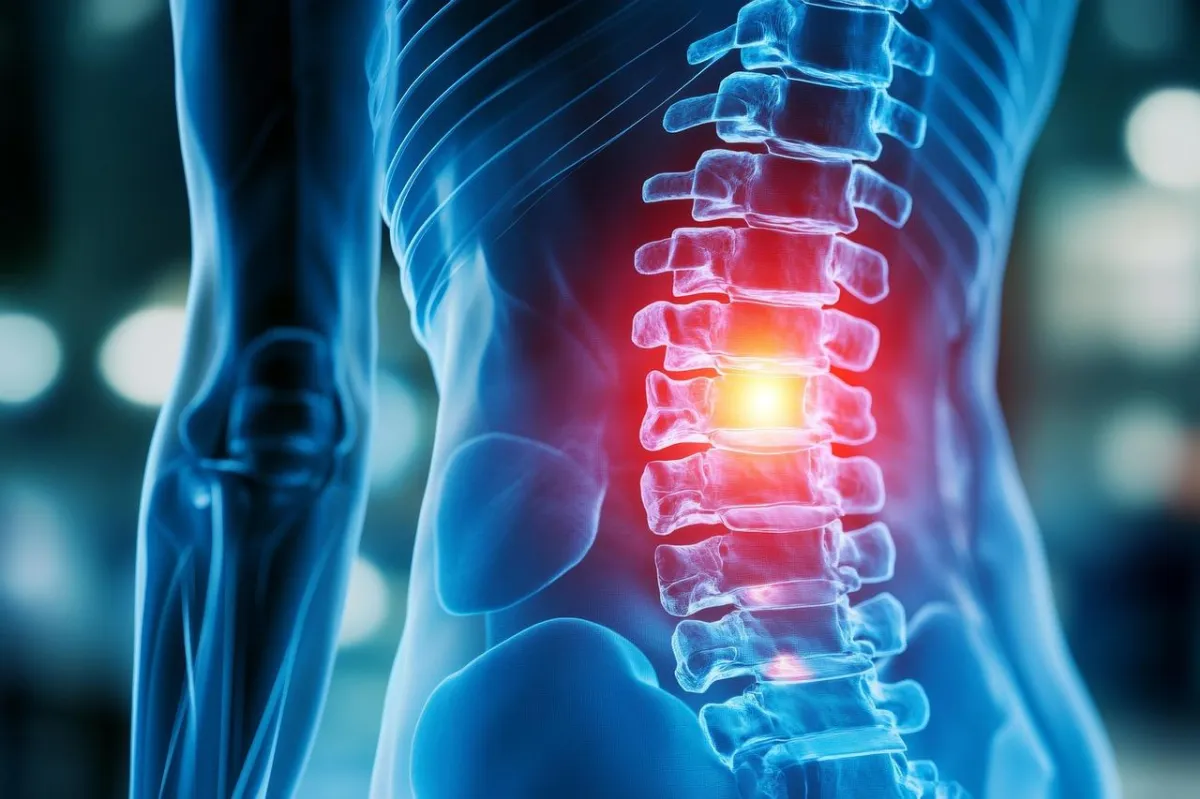
How to Avoid a Herniated Disc
Simple Habits for a Healthy Spine
Your spine works hard every day—supporting your posture, helping you move, and protecting your nerves. But if it’s not cared for properly, problems like a herniated disc can occur. This condition can be painful and limit your movement, especially in your back or neck.
The good news? You can reduce your risk with a few simple lifestyle changes. Here’s how to protect your spine and keep your back strong and healthy.
What Is a Herniated Disc?
Between each bone in your spine (called vertebrae), there are soft cushions called discs. These discs act like shock absorbers. A herniated disc happens when one of these discs is pushed out of place, often pressing on nearby nerves. It can cause pain, numbness, or weakness—especially in the lower back or legs.
1. Practice Good Posture
Whether you’re sitting, standing, or sleeping, your spine needs support. Poor posture puts pressure on the discs and muscles around them.
Tips:
Keep your back straight when sitting—use a chair with good support.
Don’t slouch or lean forward at your desk.
When standing, keep your weight evenly balanced on both feet.
2. Lift Properly
Many people injure their backs when lifting heavy items the wrong way.
Do this instead:
Bend your knees—not your back.
Keep the object close to your body.
Use your legs to lift, and avoid twisting while holding something heavy.
3. Stay Active and Move Regularly
Your spine loves movement. Lack of activity can weaken the muscles that support it, leading to strain and disc problems.
Try this:
Stretch or walk for a few minutes every hour if you sit for long periods.
Add gentle exercises like walking, yoga, or swimming to your routine.
Focus on exercises that strengthen your core and lower back.
4. Maintain a Healthy Weight
Extra body weight—especially around the belly—puts more pressure on the lower back and spinal discs. Staying at a healthy weight reduces stress on your spine and improves mobility.
5. Avoid Repetitive Strain
Doing the same movements over and over can wear out your spine. Whether at work or during workouts, be mindful of how often you repeat certain motions, especially lifting, bending, or twisting.
6. Use Massage Therapy for Prevention
Regular therapeutic massage can help reduce muscle tension, improve circulation, and support healthy posture—all of which reduce strain on the spine. It’s a gentle, non-invasive way to care for your back and maintain balance in the body.
If you’ve been diagnosed with a herniated disc by a healthcare professional, massage therapy can be a helpful complementary approach. We’re here to help ease tension and promote comfort — always within our professional scope of practice.
7. Listen to Your Body
If you notice back pain, tingling, or stiffness that doesn’t go away, don’t ignore it. A qualified healthcare provider, such as a physiotherapist or doctor, can help determine the cause. Therapeutic massage can play a supportive role by easing muscle tension, improving mobility, and helping you feel more comfortable.
Final Thoughts
Preventing a herniated disc doesn’t require huge changes—just daily habits that support your spine. Good posture, smart lifting, regular movement, and professional bodywork all go a long way in protecting your back and keeping you pain-free.
Support Your Spine with Massage
At Energy Flow Clinic, we’re committed to helping you move more freely, reduce muscle tension, and feel your best. Whether you’re looking for prevention or relaxation, we’ll work with your body—one muscle at a time.
📞 Call us at (438) 700-2522
🌐 Book online: www.energyflowclinic.com
Massage is more than just relaxation—it’s part of your wellness strategy.

